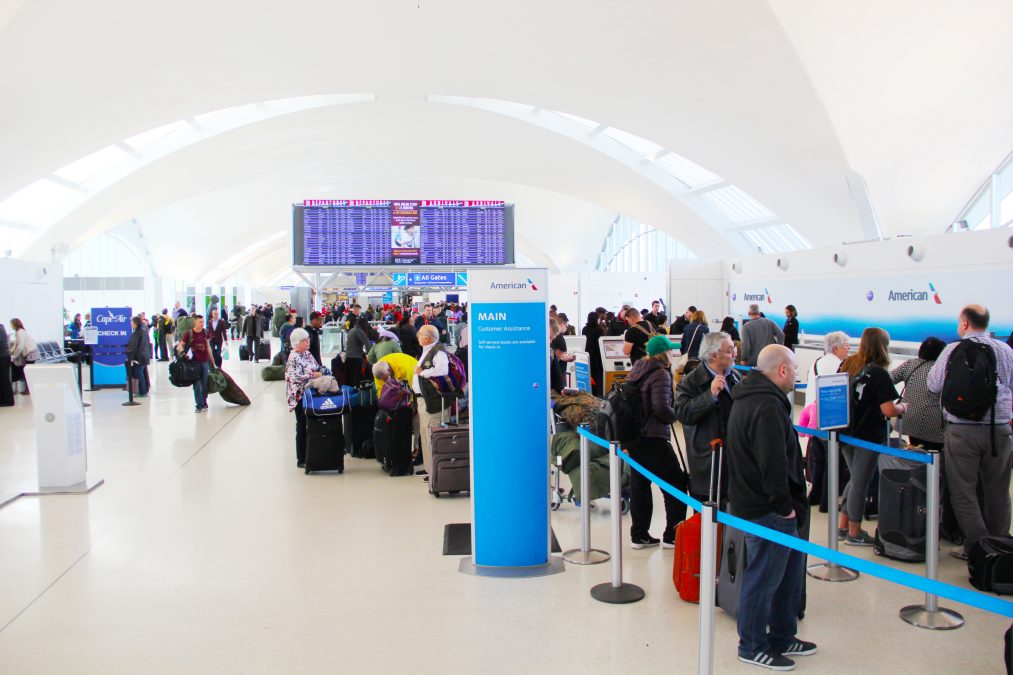April 27, 2017
On April 24, the U.S. Department of Transportation (DOT) and the Federal Aviation Administration (FAA) announced that St. Louis Lambert International Airport has been accepted in the Airport Privatization Program. This means that the airport, a medium-sized hub (as defined by the FAA), with almost 14 million passengers in 2016, can try to find private partners that might be willing to operate the facility under a leasing agreement – and pay the city of St. Louis for the privilege of doing so.
Lambert was once a major hub airport – the home of TWA – but after American Airlines bought TWA out of bankruptcy in 2001, it moved many flights to its existing hubs in Chicago and Dallas-Fort Worth. Daily operations (takeoffs and landings) by air carriers averaged about 1,000 per day in 1997, compared with just 350 in 2016.
The Airport Privatization Program was created in the 1990s as a way to attract private capital to airports, much like many other countries were already doing. However, law put many restrictions put on the program:
- just five potential participants (later increased to ten), with only one slot going to the top 30 airports (which were the ones most likely to attract private investors);
- a requirement that 65 percent of the airlines at the airports representing at least 65 percent of the annual landed weight approve the operation; and
- tight restrictions on the purposes for which the private operators could use the money they make at the airport (shareholders are not normally very keen on investing their money in enterprises that make it difficult to get a return on their investment).
These restrictions have stalled the progress of the program. Since the program was established in 1996, only two airports so far have been privatized: San Juan, Puerto Rico (the 43rd busiest U.S. airport in terms of 2015 passenger enplanements), and Stewart International, New York near Newburgh (the 206th busiest).
Stewart was the first one to be privatized, when National Express, a bus and train company based in the U.K., got a concession for 99 years starting in 2000. The company’s goal was to make Stewart an alternative to the three New York City airports, but that never came to fruition. After just seven years, National Express wanted to sell the concession off, and the only buyer they found was the Port Authority of New York and New Jersey. So, the first effort to privatize an airport under the new program ended with a nationalization.
San Juan’s airport entered the program in 2013, and since then it has been operated by Aerostar, a Mexican-American conglomerate that got the concession for a period of 40 years. Besides those two airports, Westchester County Airport in New York was approved for admission into the program in late 2016, and a general aviation airport (Hendry County Airglades Airport) in Florida is considering an application. The only large hub that has (publicly) shown interest in the program has been Chicago Midway, but the effort failed.
For more information on the prospects of privatizing airports in the U.S., see this recent ETW guest op-ed by Bob Poole of the Reason Foundation.




